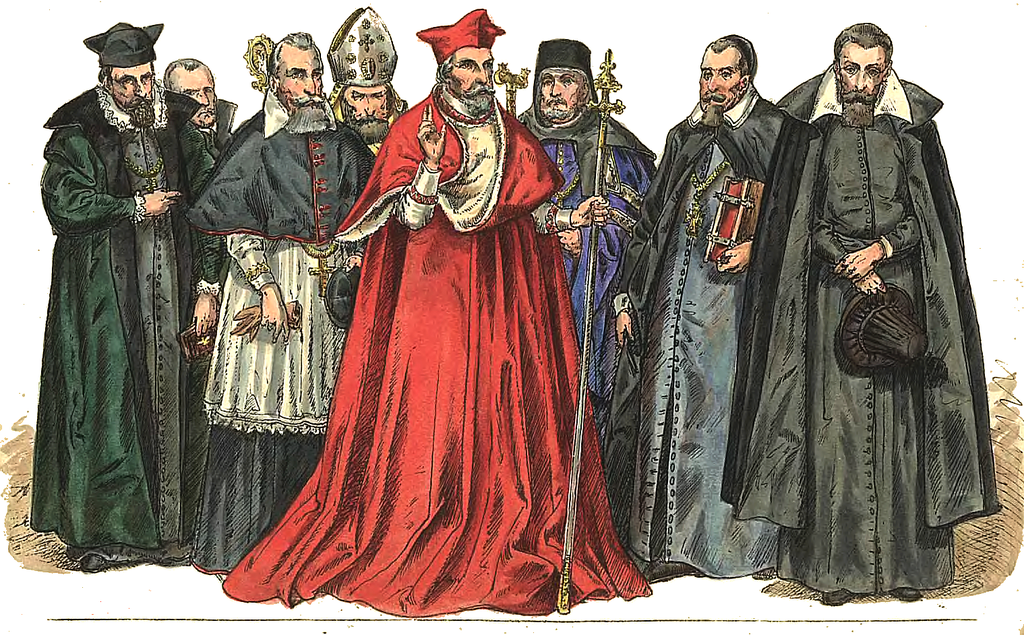Stamp: Miron Cristea (1868-1939) (Romania 2025)
Miron Cristea (1868-1939) (Romania 2025)
04 February (Romania ) within release Centennial Year of the Romanian Patriarchate goes into circulation Stamp Miron Cristea (1868-1939) face value 25 Romanian leu
| Stamp Miron Cristea (1868-1939) in catalogues | |
|---|---|
| Colnect codes: | Col: RO 2025.02.04-03b |
Stamp is vertical format.
stamp from souvenir sheetAlso in the issue Centennial Year of the Romanian Patriarchate:
- Stamp - Miron Cristea (1868-1939) face value 25;
- Stamp - Nifon Rusailă (1789-1875) face value 25;
- Stamp with Attached Label - Nifon Rusailă (1789-1875) face value 25;
- Souvenir Sheet - Nifon Rusailă, Miron Cristea, Romanian Patriarchal Cathedral face value 25+25;
Stamp Miron Cristea (1868-1939) it reflects the thematic directions:
An anniversary is the date on which an event took place or an institution was founded in a previous year, and may also refer to the commemoration or celebration of that event. For example, the first event is the initial occurrence or, if planned, the inaugural of the event. One year later would be the first anniversary of that event. The word was first used for Catholic feasts to commemorate saints. Most countries celebrate national anniversaries, typically called national days. These could be the date of independence of the nation or the adoption of a new constitution or form of government. The important dates in a sitting monarch's reign may also be commemorated, an event often referred to as a "Jubilee".
A bishop is an ordained member of the clergy who is entrusted with a position of authority and oversight in a religious institution. In Christianity, bishops are normally responsible for the governance and administration of dioceses. The role or office of the bishop is called episcopacy or the episcopate. Organisationally, several Christian denominations utilise ecclesiastical structures that call for the position of bishops, while other denominations have dispensed with this office, seeing it as a symbol of power. Bishops have also exercised political authority within their dioceses.
Clergy are formal leaders within established religions. Their roles and functions vary in different religious traditions, but usually involve presiding over specific rituals and teaching their religion's doctrines and practices. Some of the terms used for individual clergy are clergyman, clergywoman, clergyperson, churchman, cleric, ecclesiastic, and vicegerent while clerk in holy orders has a long history but is rarely used
Famous People refers to the fame and public attention accorded by the mass media to individuals or groups or, occasionally, animals, but is usually applied to the persons or groups of people (celebrity couples, families, etc.) themselves who receive such a status of fame and attention. Celebrity status is often associated with wealth (commonly referred to as fame and fortune), while fame often provides opportunities to make money.
Headgear may be worn for protection against cold (such as the Canadian tuque), heat, rain and other precipitation, glare, sunburn, sunstroke, dust, contaminants, etc. Helmets are worn for protection in battle or against impact, for instance when riding bicycles or motor vehicles. There are also hats that are worn for protection from the cold





